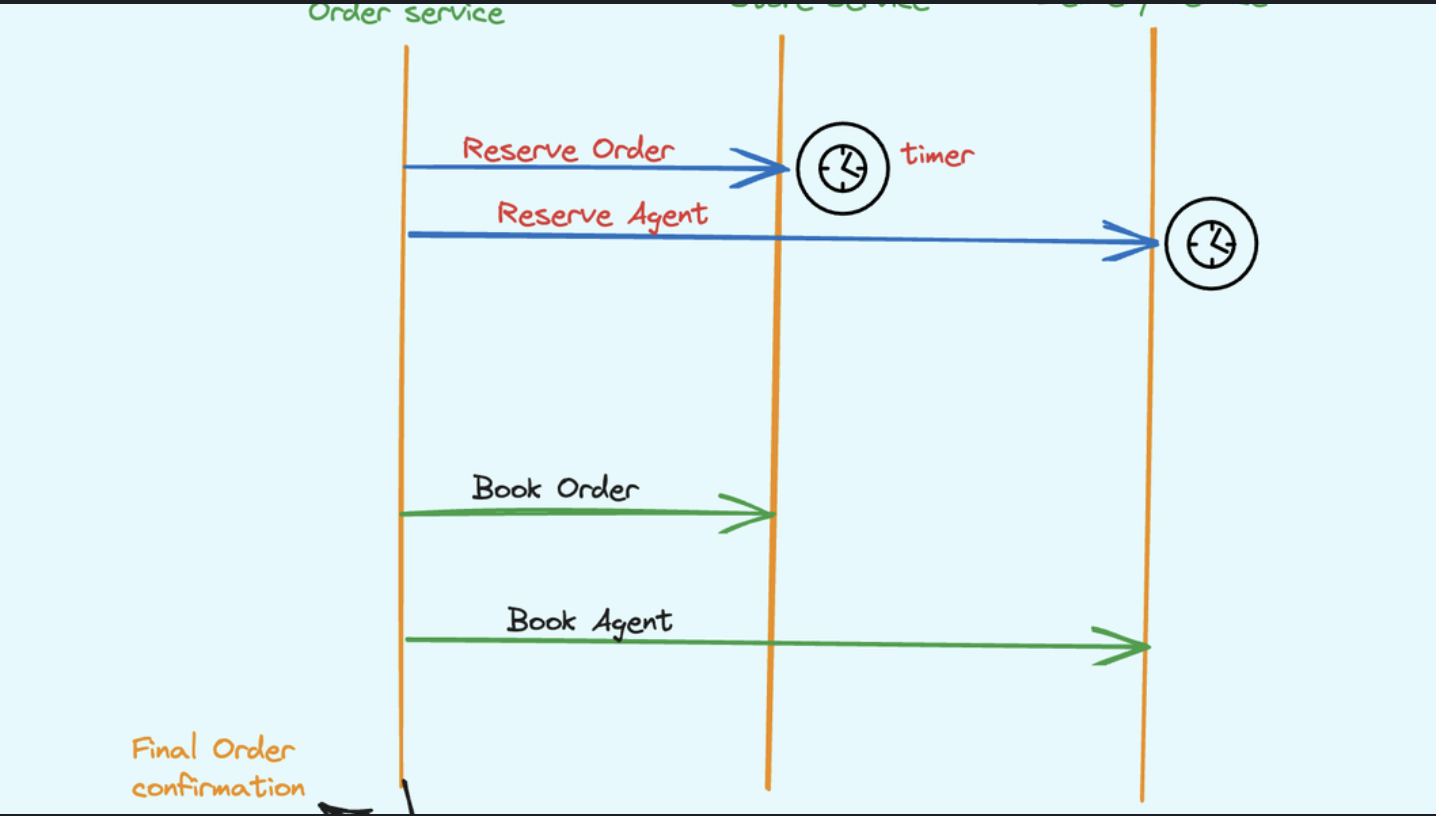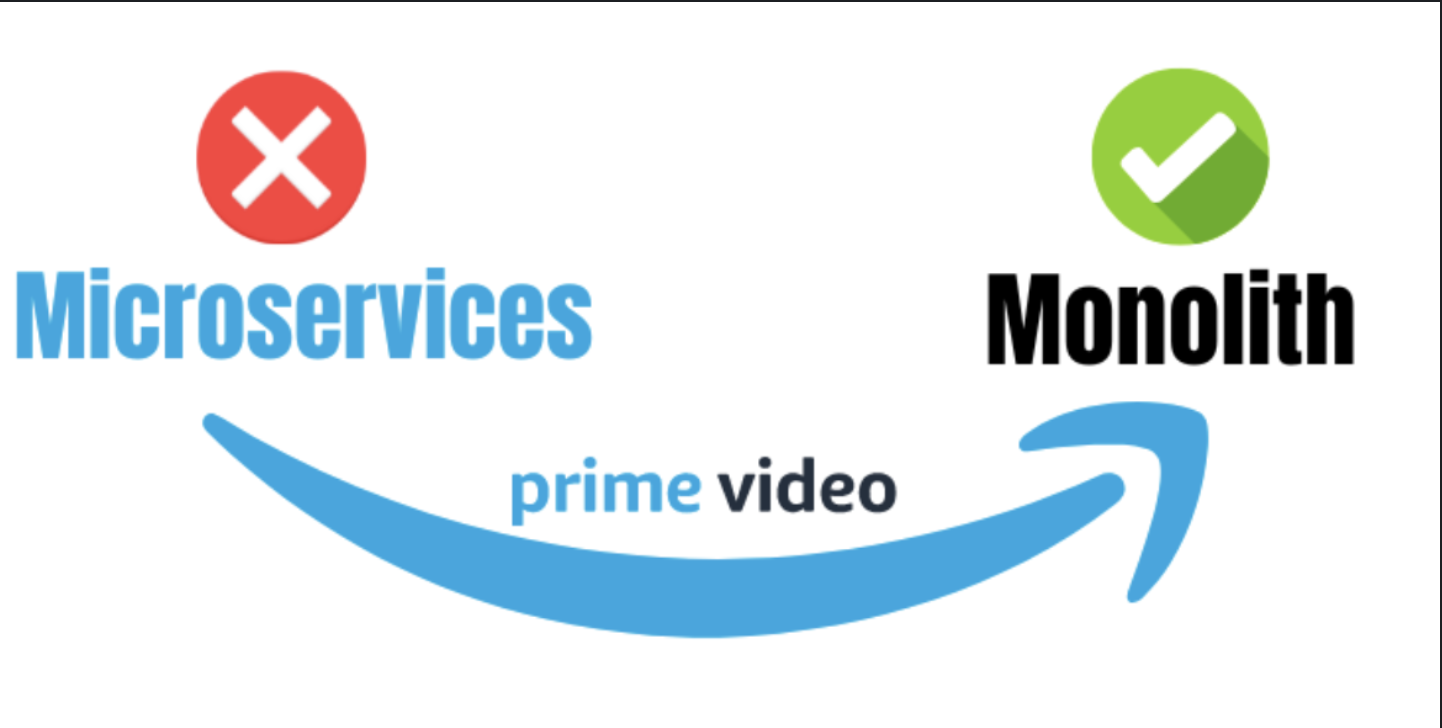Data seeding is a crucial aspect of database initialization that allows developers to automatically populate databases with initial or test data. In Entity Framework Core, data seeding provides a robust mechanism to ensure your application starts with necessary reference data, test data, or demo content. This comprehensive guide will explore various approaches to data seeding, best practices, and real-world implementations.
- Understanding Data Seeding
Data seeding is the process of populating a database with an initial set of data. This is particularly useful for:
- Providing reference/lookup data (e.g., countries, currencies)
- Setting up test environments
- Creating demo applications
- Ensuring critical system data exists
- Different Approaches to Data Seeding
2.1 Model Builder Seeding
The most straightforward approach is using the ModelBuilder’s HasData method:
public class ApplicationDbContext : DbContext
{
public DbSet<Country> Countries { get; set; }
public DbSet<Currency> Currencies { get; set; }
protected override void OnModelCreating(ModelBuilder modelBuilder)
{
modelBuilder.Entity<Country>().HasData(
new Country { Id = 1, Name = "United States", Code = "USA" },
new Country { Id = 2, Name = "United Kingdom", Code = "GBR" },
new Country { Id = 3, Name = "Japan", Code = "JPN" }
);
modelBuilder.Entity<Currency>().HasData(
new Currency { Id = 1, Name = "US Dollar", Code = "USD", Symbol = "$" },
new Currency { Id = 2, Name = "British Pound", Code = "GBP", Symbol = "£" },
new Currency { Id = 3, Name = "Japanese Yen", Code = "JPY", Symbol = "¥" }
);
}
}
2.2 Custom Data Seeder
For more complex scenarios, creating a dedicated seeder class offers better maintainability:
public class CustomDataSeeder
{
private readonly ApplicationDbContext _context;
public CustomDataSeeder(ApplicationDbContext context)
{
_context = context;
}
public async Task SeedDataAsync()
{
// Check if data already exists
if (!_context.Products.Any())
{
await SeedProductsAsync();
}
if (!_context.Categories.Any())
{
await SeedCategoriesAsync();
}
}
private async Task SeedProductsAsync()
{
var products = new List<Product>
{
new Product
{
Name = "Laptop Pro",
Description = "High-performance laptop",
Price = 1299.99m,
CategoryId = 1
},
// Add more products...
};
await _context.Products.AddRangeAsync(products);
await _context.SaveChangesAsync();
}
private async Task SeedCategoriesAsync()
{
// Similar implementation for categories
}
}
- Implementation Techniques
3.1 Seeding Related Data
When dealing with related entities, ensure proper ordering:
public class Order
{
public int Id { get; set; }
public string OrderNumber { get; set; }
public DateTime OrderDate { get; set; }
public int CustomerId { get; set; }
public Customer Customer { get; set; }
public List<OrderItem> OrderItems { get; set; }
}
protected override void OnModelCreating(ModelBuilder modelBuilder)
{
// First, seed customers
modelBuilder.Entity<Customer>().HasData(
new Customer { Id = 1, Name = "John Doe", Email = "[email protected]" }
);
// Then, seed orders
modelBuilder.Entity<Order>().HasData(
new Order
{
Id = 1,
OrderNumber = "ORD-2024-001",
OrderDate = new DateTime(2024, 1, 1),
CustomerId = 1
}
);
// Finally, seed order items
modelBuilder.Entity<OrderItem>().HasData(
new OrderItem
{
Id = 1,
OrderId = 1,
ProductId = 1,
Quantity = 2,
UnitPrice = 49.99m
}
);
}
3.2 Environment-Specific Seeding
public class EnvironmentSpecificSeeder
{
private readonly IHostEnvironment _environment;
private readonly ApplicationDbContext _context;
public EnvironmentSpecificSeeder(
IHostEnvironment environment,
ApplicationDbContext context)
{
_environment = environment;
_context = context;
}
public async Task SeedAsync()
{
if (_environment.IsDevelopment())
{
await SeedDevelopmentDataAsync();
}
else if (_environment.IsStaging())
{
await SeedStagingDataAsync();
}
else if (_environment.IsProduction())
{
await SeedProductionDataAsync();
}
}
private async Task SeedDevelopmentDataAsync()
{
// Seed extensive test data
}
private async Task SeedStagingDataAsync()
{
// Seed minimal test data
}
private async Task SeedProductionDataAsync()
{
// Seed only essential reference data
}
}
- Real-World Use Case: E-commerce Platform
Let’s look at a real-world example of seeding data for an e-commerce platform:
public class ECommerceSeeder
{
private readonly ApplicationDbContext _context;
public ECommerceSeeder(ApplicationDbContext context)
{
_context = context;
}
public async Task SeedEssentialDataAsync()
{
// Seed product categories
if (!_context.Categories.Any())
{
var categories = new List<Category>
{
new Category { Id = 1, Name = "Electronics", Slug = "electronics" },
new Category { Id = 2, Name = "Clothing", Slug = "clothing" },
new Category { Id = 3, Name = "Books", Slug = "books" }
};
foreach (var category in categories)
{
category.MetaTitle = category.Name;
category.MetaDescription = $"Shop {category.Name} at our store";
category.CreatedAt = DateTime.UtcNow;
}
await _context.Categories.AddRangeAsync(categories);
}
// Seed shipping methods
if (!_context.ShippingMethods.Any())
{
var shippingMethods = new List<ShippingMethod>
{
new ShippingMethod
{
Id = 1,
Name = "Standard Shipping",
Description = "5-7 business days",
BasePrice = 4.99m,
IsActive = true
},
new ShippingMethod
{
Id = 2,
Name = "Express Shipping",
Description = "1-2 business days",
BasePrice = 14.99m,
IsActive = true
}
};
await _context.ShippingMethods.AddRangeAsync(shippingMethods);
}
// Seed tax rates
if (!_context.TaxRates.Any())
{
var taxRates = new List<TaxRate>
{
new TaxRate
{
Id = 1,
Name = "Standard Rate",
Rate = 0.20m, // 20%
CountryCode = "GB"
},
new TaxRate
{
Id = 2,
Name = "Reduced Rate",
Rate = 0.05m, // 5%
CountryCode = "GB"
}
};
await _context.TaxRates.AddRangeAsync(taxRates);
}
await _context.SaveChangesAsync();
}
}
- Best Practices and Common Pitfalls
Best Practices:
- Use Constants for IDs:
public static class SeedConstants
{
public static class Categories
{
public const int Electronics = 1;
public const int Clothing = 2;
public const int Books = 3;
}
}
- Implement Idempotency:
public async Task SeedAsync()
{
if (await _context.Categories.AnyAsync())
{
return; // Data already exists
}
// Proceed with seeding
}
- Handle Related Data Properly:
// Ensure parent entities are seeded first
await SeedCategoriesAsync();
await SeedProductsAsync();
await SeedProductVariantsAsync();
Common Pitfalls:
-
Not Handling Unique Constraints
-
Incorrect Order of Operations
-
Missing Required Properties
-
Not Considering Foreign Key Relationships
-
Advanced Scenarios
6.1 Seeding from External Sources
public class ExternalDataSeeder
{
private readonly ApplicationDbContext _context;
private readonly IHttpClientFactory _httpClientFactory;
public async Task SeedFromApiAsync()
{
using var client = _httpClientFactory.CreateClient();
var response = await client.GetAsync("https://api.example.com/data");
var data = await response.Content.ReadFromJsonAsync<List<ExternalData>>();
// Map and seed data
var entities = data.Select(d => new Entity
{
Name = d.Name,
Description = d.Description
});
await _context.Entities.AddRangeAsync(entities);
await _context.SaveChangesAsync();
}
}
6.2 Conditional Seeding
public async Task SeedBasedOnFeatureFlagsAsync(IFeatureManager featureManager)
{
if (await featureManager.IsEnabledAsync("Premium"))
{
await SeedPremiumContentAsync();
}
if (await featureManager.IsEnabledAsync("Beta"))
{
await SeedBetaFeaturesAsync();
}
}
At the End
Data seeding in Entity Framework Core is a powerful feature that, when used correctly, can significantly simplify database initialization and testing. By following the best practices and patterns outlined in this guide, you can implement robust and maintainable data seeding strategies in your applications.
Remember to:
- Choose the appropriate seeding approach based on your needs
- Maintain proper ordering of related data
- Implement environment-specific seeding when necessary
- Follow best practices to avoid common pitfalls
- Consider using advanced scenarios for complex requirements
This knowledge will help you build more reliable and maintainable applications with Entity Framework Core. 💡



